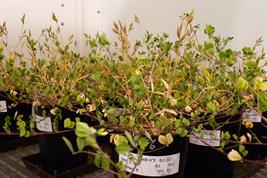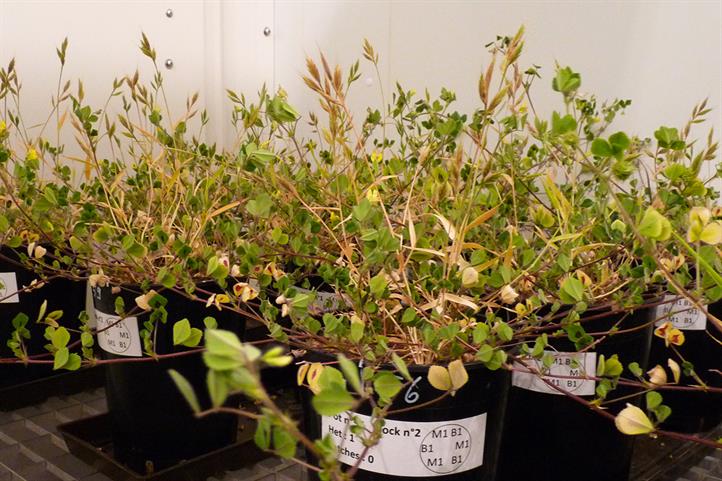Pressemitteilung

European joint study in the scientific journal Nature Ecology & Evolution:
How intensively do laboratory specific factors such as measuring errors, test or site conditions influence results in experimental environmental research? In a comparability study focusing on ecological experiments, an international group of researchers from 14 European laboratories is currently demonstrating ways to standardize experiments. The deliberately selected increased variability of certain experimental factors improves the reproducibility of these experiments.
"In environmental research, it is important that we can refer to research results obtained at other scientific locations”, explains biologist Dr. Marina Müller, who worked on the study for the Leibniz Centre for Agricultural Landscape Research (ZALF). “If we are interested in a new question relating to a particular experiment, or if we want to check the results, we must first recreate the experimental variables exactly as specified in the comparative study. Only then we can change certain parameters and determine their influence on the final result. This has been extremely difficult up until now.” Research speaks of the “reproducibility crisis”, because it is often unclear what influence disturbing factors such as measuring errors or laboratory-specific deviations in site conditions have on the final result.
In order to improve reproducibility, a joint study was published in the scientific journal "Nature Ecology & Evolution" in January in which a simple microcosm experiment using grass (Brachypodium distachyon) in monoculture and mixed cultivation with pulses (Medicago truncatula) was prepared and carried out in all of the participating laboratories. “Because as many details as possible should correspond to each other, there was an enormous need for coordination and an intensive exchange of ideas,” reports Dr. Marina Müller.
Each laboratory carried out uniform growth tests. Both genotypic factors, i.e. the genetic material of the plants, and environmental conditions, such as sand and soil, were deliberately mixed or varied side by side. All results were subsequently compared across the sites. The researchers were able to demonstrate that through the targeted and systematic variation of factors in the test design, so-called “controlled systematic variability (CSV)”, basic principles can be demonstrated and the reproducibility of ecological studies under strictly controlled environmental conditions can be enhanced.
The full text ‘Genotypic variability enhances the reproducibility of an ecological study’ (doi: 10.1101/080119) is available on the preprint server bioRxiv under the following:
https://www.biorxiv.org/content/early/2017/08/08/080119
 Press Release as PDF
Press Release as PDF
Pictures
For downloading the pictures please click on the picture and use the
 icon
icon

Leaving the "reproducibility crisis" behind: Through the targeted introduction of variability, researchers have succeeded in improving the comparability of ecological studies. The image is released for editorial reporting purposes provided the source of the image is given:
© ZALF / Marina Müller | Image source in color and print quality:
http://www.zalf.de/de/aktuelles 